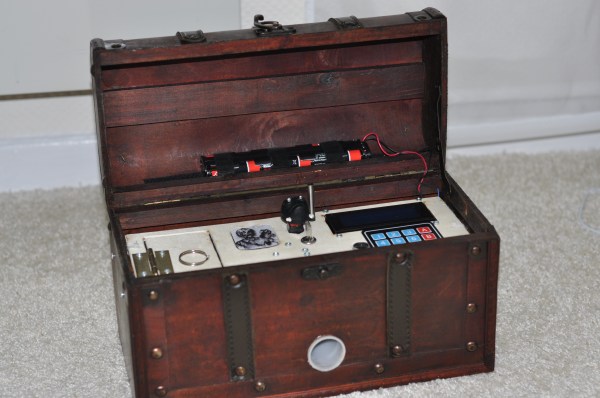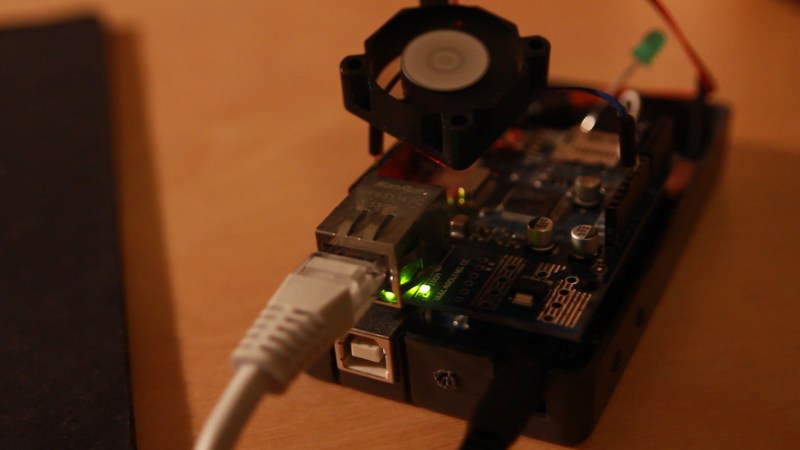The old Mini – not the new one, mind you – was a fantastic rally car, but fifty odd horsepower won’t get you very far today. The name of the game is souping up a pile of rust from 1980 to create one of the fastest Minis on the planet. That’s the goal of Bad Obsession Motorsport, a project by [Nik Blackhurst], [Richard Brunning], and [Rex Hamilton] as [Abraham Lincoln].
[Nik] has a 1980 Mini 1000, a car-shaped pile of rust. The plan for this multi-year build is to stuff the engine, gearbox, and suspension from a Toyota Celica ST185 GT4 into the old Mini. If you’re wondering, that’s a two liter, turbocharged engine with 200 horsepower and four-wheel drive in a Mini that originally had 50 or 60 horsepower. No, the engine doesn’t fit, but that’s not going to stop these guys.
This isn’t the kind of build you just dive into. Once the guys had the Mini in the garage, a load of measurements were taken from both cars, written down, and the car stripped down. This is not a simple mod, and a few pieces of equipment were custom-made just for this build. The biggest of these is a custom jig the Mini chassis can be bolted down to. This jig gives [Nik] and [Richard] the ability to mount the Mini and engine on rollers, and rotate the entire chassis 90 degrees for easy welding of the underside of the car.
Already there are eight videos covering a year and a half of work, and only now is there a light at the end of the tunnel. Most of the old body panels from the Mini were removed and replaced with reproduction parts. Those parts were quickly ruined with a cutting disk and some custom fabricated panels were put in place. Somehow, it still looks like a Mini but it’s massively strengthened and cut to accommodate the much larger suspension and engine from the Celica.
Grab a cup of coffee (or tea, if you’re into that) and check out the videos below. It’s incredible how much time and work went into this build, and we can’t wait to see the next update in a few months or so.
Continue reading “Project Binky, Putting A Celica In A Mini The Hard Way”


















